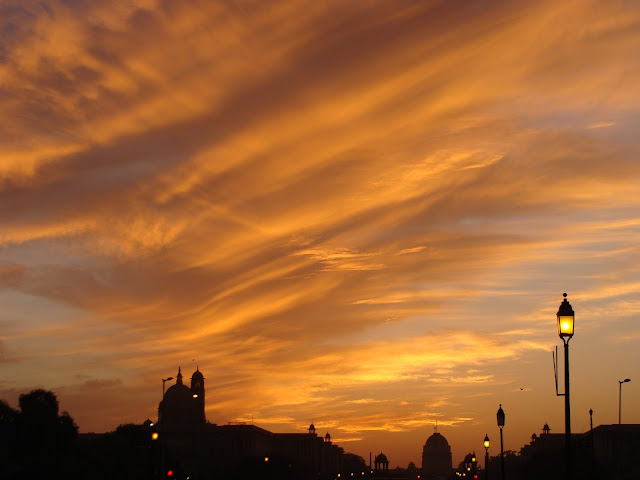India Gate and President House
When I visited Delhi for the
first time, I thought India Gate is one of the most over-hyped places of Delhi. I have
always been more inclined towards Mughal architecture. But after
being a apart of this city and staying here for seven long years, my opinion about India Gate has definitely changed. India Gate is a 42-metre tall Gate that
commemorates the members of the erstwhile British Indian Army who sacrificed
their lives fighting for the Indian Empire in the Afghan Wars and World War I. Designed
by Sir Edwin Lutyens, the construction work of India Gate was completed in the
year 1931. And it is counted among the largest war memorials in India.
And if its a cool windy full moon summer night then your evening is bound to refreshing.
Off late India Gate has also
become a unifying bond for Delhites. Either it is celebrating India's victory in
cricket world cup or protesting against something wrong. It provides a perfect
ground for unifying people of Delhi which is not very seen very often.
And just opposite to India Gate
is the magnificent President House. It is one of the largest residential houses
of any Head of the State in the world in terms of its magnitude, enormity and
its grandeur. This spectacular piece of the British era was the residence of
the Viceroy of India till the year 1950 and was known as the Viceroy's House.
Also known as Rashtrpati Bhawan, it was designed by Sir Edwin Lutyens, a British architect along with Chief architect and Chief Engineer Hugh Keeling and many
Indian contractors.
Today, the President House is
surrounded by many guards and it is under strict surveillance. But I am sure
anyone will be awe-struck by the architecture and magnificence of this bhawan.















